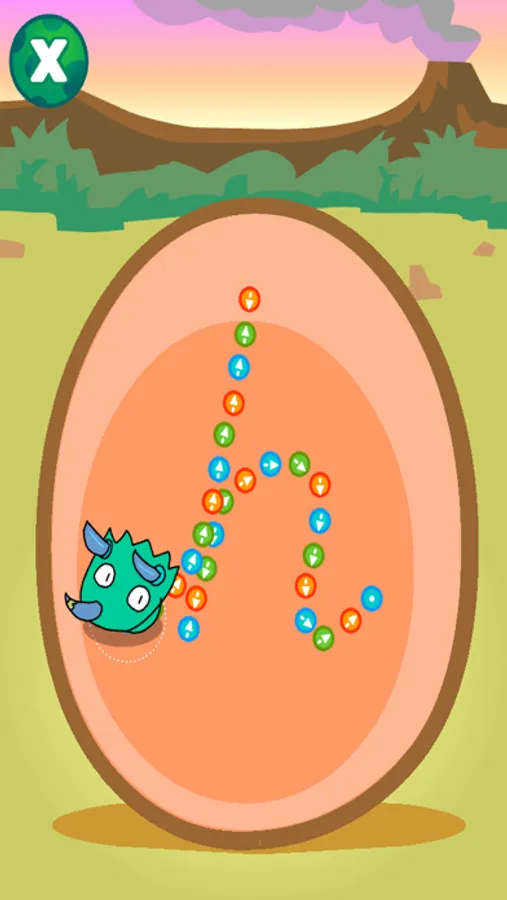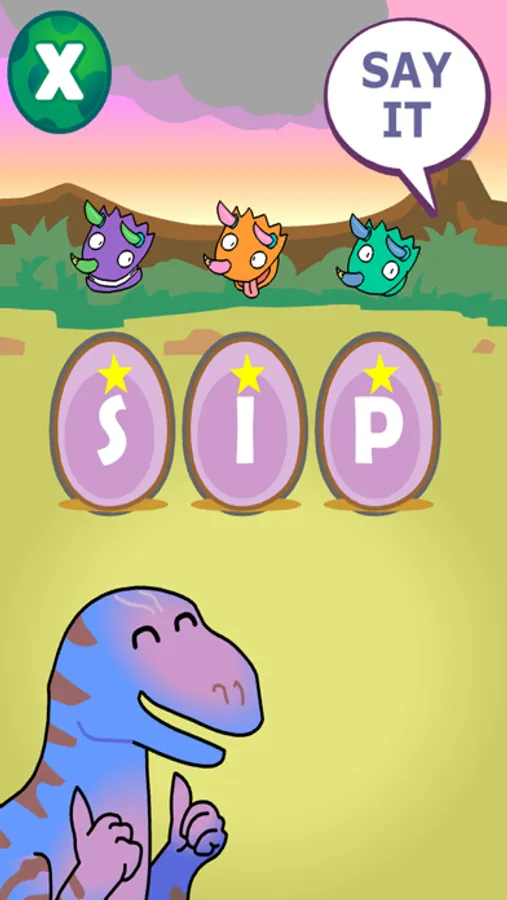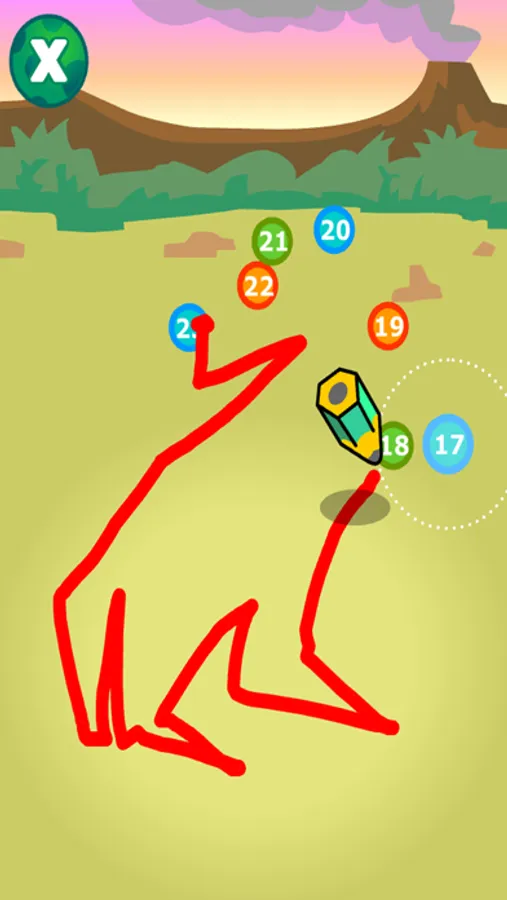Dinosaur Letters Lite
madebyeducators
1.0 ★
store rating
Free
About Dinosaur Letters Lite
Have fun releasing the Dino's from their eggs as you learn your letters!
Dinosaur Letters allows your child to practice letter forming in both cursive (joined up) and simple pre cursive form.
Letters are sounded out in either US or UK English phonics to allow your child to develop skills of breaking down words. You can choose your cursive style in settings.
Completion of capital letters reveals a simple phonics based spelling game. Completion of either style of lower case letters is rewarded by a dot-to-dot puzzle which reveals the dinosaur in the egg.
Made By Educators, tested in schools, apps with learning at their core!
The British Dyslexia association recommend that children learn the continuous cursive style. The cursive style has some significant advantages for Dyslexic students.
The key advantages to this system are:
* By making each letter in one movement, children’s hands develop a ‘physical memory’ of it, making it easier to produce the correct shape;
* Because letters and words flow from left to right, children are less likely to reverse letters which are typically difficult (like b/d or p/q);
* There is a clearer distinction between capital letters and lower case;
* The continuous flow of writing ultimately improves speed and spelling.
Dinosaur Letters allows your child to practice letter forming in both cursive (joined up) and simple pre cursive form.
Letters are sounded out in either US or UK English phonics to allow your child to develop skills of breaking down words. You can choose your cursive style in settings.
Completion of capital letters reveals a simple phonics based spelling game. Completion of either style of lower case letters is rewarded by a dot-to-dot puzzle which reveals the dinosaur in the egg.
Made By Educators, tested in schools, apps with learning at their core!
The British Dyslexia association recommend that children learn the continuous cursive style. The cursive style has some significant advantages for Dyslexic students.
The key advantages to this system are:
* By making each letter in one movement, children’s hands develop a ‘physical memory’ of it, making it easier to produce the correct shape;
* Because letters and words flow from left to right, children are less likely to reverse letters which are typically difficult (like b/d or p/q);
* There is a clearer distinction between capital letters and lower case;
* The continuous flow of writing ultimately improves speed and spelling.




